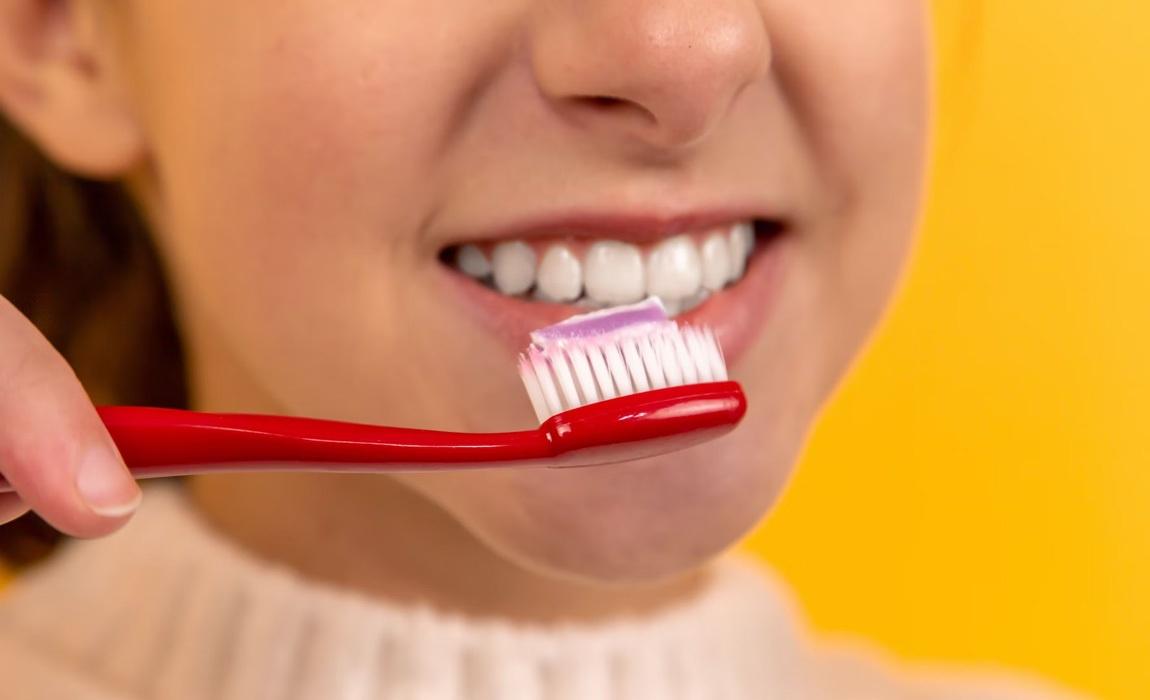One of the most important things that dads can do to raise healthy children is instill the value of proper hygiene and oral care is among the most important. In fact, while other aspects of proper grooming are essential life skills to learn, basic things like taking care of your teeth and gums is even more so because it is an aspect of their health that affects not only looks and self esteem issues but also far reaching physical health concerns as well. Let's take a look at one of the biggest debates that people ask ... Should you brush before or after flossing?
There are a lot of debates about oral care – when to brush, when to floss, how often. But the question of whether to brush your teeth before or after flossing may be one of the most important.
Some people believe that brushing your teeth before flossing can help remove any debris trapped between your teeth, while others say that flossing first helps loosen any plaque or bacteria before brushing.
So, what is the right way to do it? Let’s explore what the experts have to say and help you make the best decision for your oral health!
Why Is Brushing and Flossing Important?
Flossing and brushing are important for keeping your teeth and gums healthy.
Flossing cleans between your teeth, removing plaque and bacteria that brushing can’t reach. Brushing removes plaque, a sticky film of food and bacteria that forms on your teeth.
If plaque is not removed, it can harden into tartar, a hard mineral deposit that even brushing can’t take out. Tartar can cause cavities (tooth decay) and gum disease.
Gum disease begins when plaque stays on your teeth. It releases toxins (poisons) that irritate your gums, causing your gums to swell and bleed.
If not treated, gum disease can damage the bone and tissues that support your teeth. This eventually causes your teeth to fall out.
Brushing and flossing help remove plaque before it turns into tartar.
Flossing or Brushing: Which Comes First?
There is an ideal sequence to follow if you want to make the most out of your oral care routine.
A research study published in the Journal of Periodontology by the American Academy of Periodontology revealed that flossing before brushing is much more effective in removing dental plaque.
In the study, participants who flossed before they brushed showed a significantly lesser amount of plaque on their mouth and teeth.
Re-structuring your oral hygiene routine can do wonders for your oral health. If you’ve been brushing then flossing the past years, it’s not too late to switch it up.
Benefits of Flossing Before Brushing
The American Dental Association (ADA) recommends daily flossing (once a day) and brushing (twice a day). However, many people haven’t yet caught up with that extra step of flossing as part of their oral hygiene routine.
To create a habit, choose a time during the day. Whether you do it during daytime or nighttime is a matter of personal preference. Just remember to floss first before you brush.
Flossing before brushing provides lasting benefits to oral health, such as:
Gum Disease Prevention
Gum disease, or periodontal disease, can happen when bacteria start to invade the teeth’s surface. This results from poor oral and dental hygiene, such as failing to brush or floss regularly.
Flossing before brushing helps remove bacteria and lowers your risk of developing gum disease.
Plaque Removal
Plaque is a sticky film composed of saliva, bacteria, and food particles. It can harden and turn into tartar if it’s not removed. Tartar is harder to remove and can lead to gum disease, tooth decay, and bad breath.
Flossing before brushing can help get rid of plaque and prevent tartar build-up.
Greater Fluoride Retention
Fluoride is an important mineral that helps prevent tooth decay. It works by making tooth enamel resistant to the effects of acids.
To ensure that fluoride is working as it should, it has to stay in your mouth and teeth for as long as possible. When you remove bacteria and plaque by flossing, your teeth are more ready to absorb more fluoride.
More Flossing and Brushing Tips
Flossing and brushing provide many oral health benefits if they’re done right. Here are additional tips on how you can properly floss and brush:
- Floss regularly, once a day. The best way to floss is to do it gently, moving the floss up and down and covering the sides of every tooth. This ensures the removal of bacteria, plaque, and food particles.
- Brush regularly, twice a day. A two-minute brushing routine will do wonders for your oral and dental health. Make sure that when you brush, you brush both the outer and inner surfaces of your teeth.
- Brush your tongue, too. This can get rid of bacteria, fight bad breath, and positively impact your oral and dental health.
- Use fluoride toothpaste. This will help prevent tooth decay by strengthening your tooth enamel.
- Be gentle. There’s no need to floss and brush aggressively.
Final Thoughts
The key to good oral and dental health is good oral and dental hygiene. This means sticking to an effective routine that involves flossing and then brushing.
By doing so, you help prevent gum disease and tooth decay and promote good overall health.

